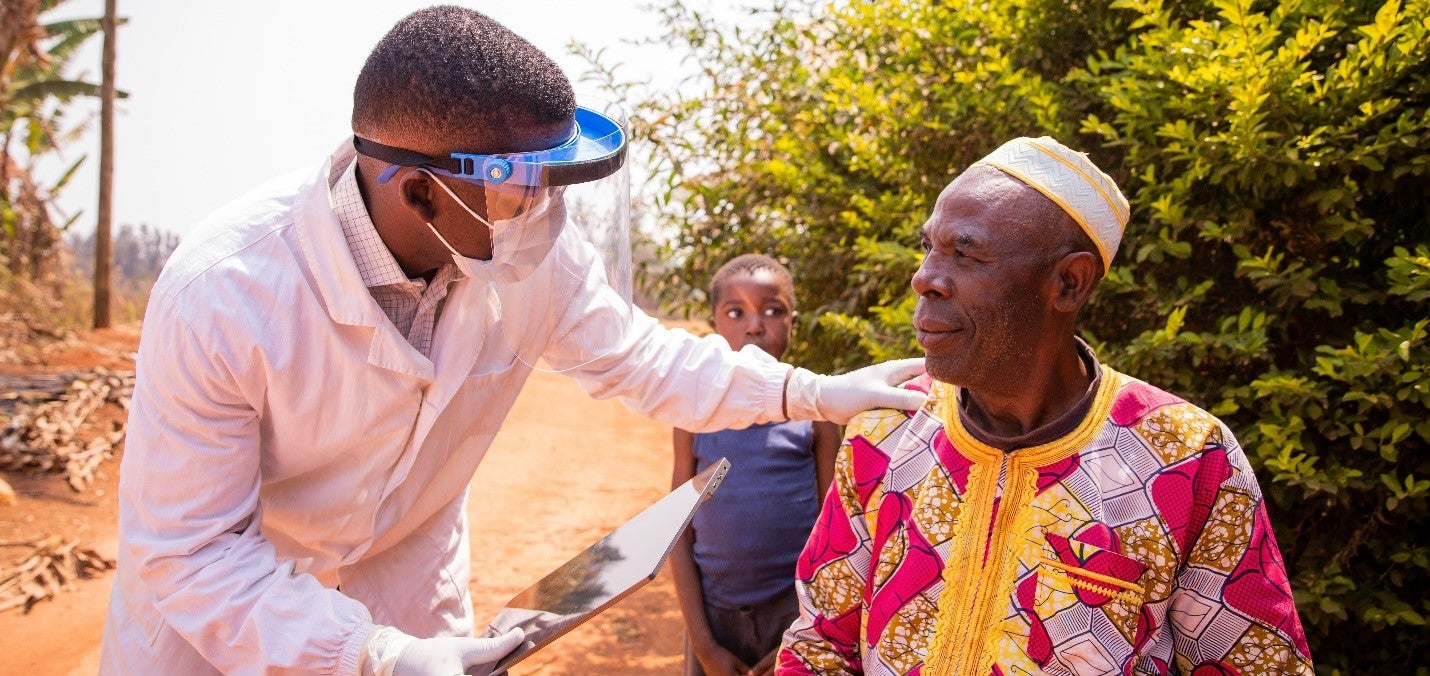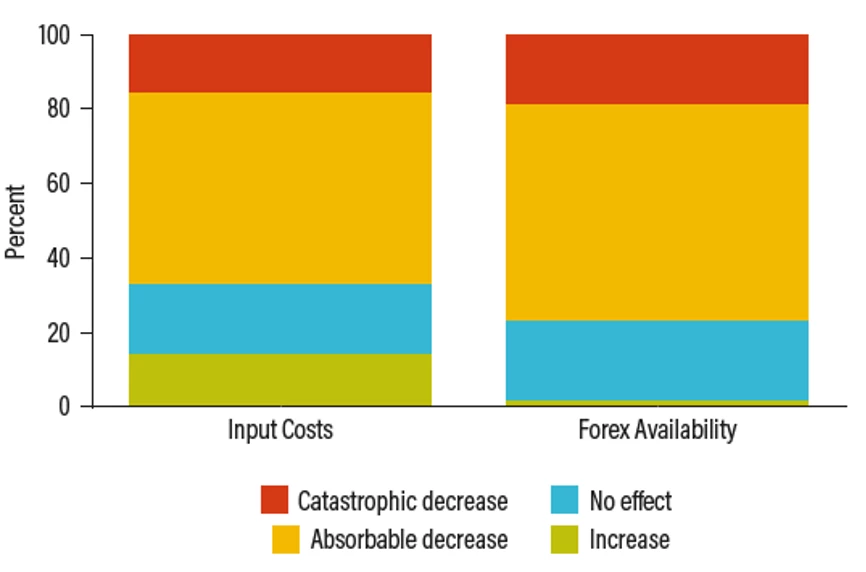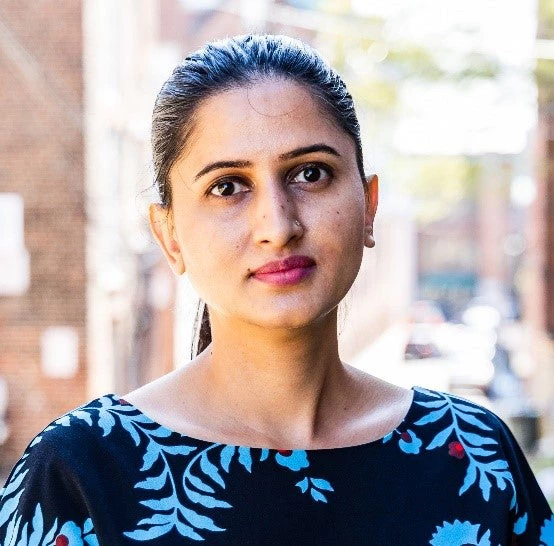 Primary health care (PHC) doctor visits an elderly patient in Africa. Photo: Shutterstock
Primary health care (PHC) doctor visits an elderly patient in Africa. Photo: Shutterstock
Globally, COVID-19 has increased uncertainty for all, but particularly for older populations who are most vulnerable to the virus. Importantly, the pandemic highlighted global gaps in health care for the elderly that must be addressed as longevity increases and mortality rates improve across the globe.
Today, most people around the world are living past the age of 60, and by 2050, 1 in 6 people will be at least 65 years old. In low- and middle-income countries, about 75% of deaths caused by noncommunicable diseases (NCD) occur among adults above 60, and disability is four times higher among older people than in younger age groups.
Countries’ capacity to meet the complicated health care needs of their aging population varies. There are significant variations in where older people live, receive care, and the types of care they need . While some aging adults turn to community-based primary care institutions, at some point many lose their independence and require specialized long-term care.
Furthermore, as countries integrate technology into health care service delivery, a “digital divide” heightens existing inequalities in access to and utilization of care for elderly people.
Investing in healthy aging: why now?
Sustainable Development Goals (SDGs) are global commitments that highlight the imperative for investments in healthy aging for all to ensure “healthy lives and well-being at all ages” and “productive employment and decent work for all.” The societal value of promoting and protecting healthy aging populations cannot be understated and ultimately can lead to a “triple dividend - thriving lives, costing less, contributing more.”
A path forward: PHC-centered integrated care for an aging population
As the world begins to think about health care beyond COVID-19, reimagining primary health care (PHC) creates an opportunity to rethink care for growing elderly populations, while simultaneously supporting and propelling the move towards Universal Health Coverage (UHC). PHC, in synergy with other parts of the health system, can offer a care delivery model, that is intentionally adapted to meet the diverse and dynamic health and social needs of elderly people.
As outlined in the report Walking the Talk, this can be achieved by making shifts towards high quality care for all, person-centered integration, fairness, accountability, and resilience. Key reforms include adopting a multi-disciplinary team-based approach, restructuring health care workforce, and better financing of PHC systems.
The World Bank focuses on lending, learning and leadership to help countries deliver reimagined PHC. For example, the Golden Aging report aims to better understand the economic implications of the aging process and helps guide policy makers in Europe and Central Asia.
By focusing on the impact of demographic change patterns on growth, savings, poverty, and inequality, the authors emphasized the importance of preventative and primary care, but also the critical need for reforming educational systems and labor market institutions. This holistic approach is in hopes that one day all people can live “long, healthy, active, and prosperous lives.”
FIRE Framework: A fit-for purpose model
A PHC-centered integrated care model (Figure 1) supports elderly in the community, through coordinated medical care provided by secondary and tertiary hospitals, long term care, and community care. This fit-for-purpose model aims to understand and address the diverse and individualized/unique health and social needs of older people impacted by national aging care policies and infrastructure, societal values and traditions, and demographic aspects of the population.
The FIRE framework is intended to aid in the design and implementation of a PHC-centered care model that works with community, secondary/tertiary, and long-term levels of care . The four policy levers – financing, innovation, regulation, evaluation – are key to direct and shape change in PHC-centered integrated care for aging populations.

Using the FIRE framework, the World Bank team engages with international experts to curate global evidence, best practices, and lessons learned across a wide range of settings to inform transformative policies and dialogue on aging and health service delivery globally.
Taking a whole-of-life approach to reimagining PHC-centered integrated care for elderly will ensure that health systems are prepared to meet the rapidly aging populations needs and ensure they are able to continue contributing to their communities.
A transformative “triple dividend” is well within global reach.




Join the Conversation